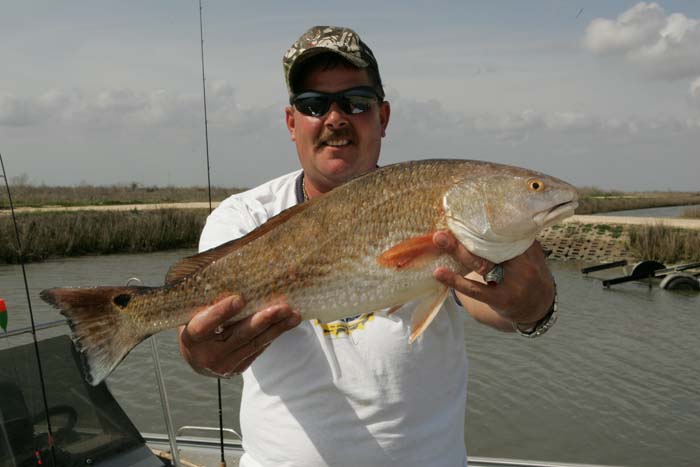
Nature Conservancy photo of Bayou La Batre, Alabama, Lightning Point, City Docks. More than a few fly anglers left and returned to these famous docks. Too, probably the best tasting shrimp come from here… ask Forrest Gump.
Public and Private Partnership to Restore and Protect Bayou La Batre Waterfront
New project includes 1.5 miles of breakwaters and almost 40 acres of coastal wetlands.
By The Nature Conservancy / Newsroom Press Release / April 19, 2019
[dropcap]B[/dropcap]ayou La Batre, Alabama – More than a mile of breakwaters, two jetties, and acres of coastal marsh will be part of a landmark project to protect and restore Bayou La Batre’s coastal habitats. The project will involve constructing 1.5 miles of breakwaters and nearly 40 acres of diverse coastal habitats on the southernmost tip of Bayou La Batre’s Lightning Point.
“This project is the result of a tremendous partnership between a range of people who care deeply about the Bayou,” said Roger Mangham, Director of The Nature Conservancy in Alabama. “We are honored to work with our friends to help protect and restore one of Alabama’s most iconic places.”
The Lightning Point Restoration Project is a joint effort of the City of Bayou La Batre, the Alabama Department of Conservation and Natural Resources, Mobile County, the National Fish and Wildlife Foundation, Moffat & Nichol, Alabama Power, and The Nature Conservancy. The multifaceted project includes many components to help restore the local community’s shoreline and coastal habitats that have been battered by multiple historic hurricanes and the Deepwater Horizon oil spill. Because of this, the Lightning Point Ground Breaking has been selected as an officially sanctioned Alabama Bicentennial Celebration event.
We are excited about the work to be done by the Nature Conservancy at Lightning Point,” said Bayou la Batre Mayor Terry Downey. “Restoration of our shoreline and protection of habitat as well as the jetties for the navigation channel for all types of vessels is important to our community. The changes do be done at Lightning Point will improve the opportunities for all the citizens of Bayou La Batre.”
The National Fish and Wildlife Foundation is honored to play a role in supporting this important restoration vision for Bayou La Batre,” said Jeff Trandahl, executive director and CEO of NFWF. “The benefits of this restoration are significant, both ecologically and for the long-term resilience of the community. We appreciate the strong partnerships with The Nature Conservancy, the Alabama Department of Conservation and Natural Resources, and the City of Bayou La Batre that have made this project possible.” — Bayou la Batre officials
Work on the project is slated to begin in early summer 2019. Construction will involve 1.5 miles over overlapping, segmented breakwaters along the shoreline on both sides of the navigation channel to provide a buffer from waves and boat wakes. The work will also include two jetties between 700 and 800 feet long, at the mouth of the channel. The jetties will help maintain access to the navigation channel for all types of vessels, from commercial shrimp boats to manufactured pilot boats and recreational bay boats.

A happy angler caught this table fare size redfish (Sciaenops ocellatus) in the morning in the Anahuac National Wildlife Refuge (Texas). Photo by Steve Hillebrand, U.S. Fish and Wildlife Service – a commons image.
The Lightning Point Project is designed to achieve multiple restoration goals:
- Habitat Creation: Create approximately 40 acres of marsh, tidal creeks, and upland habitats that support a wide range of fish, shellfish, and birds.
- Managed Access: Complement the City of Bayou La Batre’s Master Plan for the City Docks area with walking paths and a lookout point for community use and enjoyment of the site. Design a low-impact parking lot employing green-infrastructure techniques, such as pervious pavers, bioretention cells, and bioswales, to aid in stormwater management to improve water quality in the area.
- Beneficial Use of Dredged Material: Utilize dredged material beneficially to create marsh habitat and use thin-layer deposition to build and nourish the marsh for decades to come.
Project construction is expected to take about a year to complete. Once construction is completed, it is expected to take up to five years for the area between the breakwaters and the current shoreline to cover in vegetation completely.
[information]
MEDIA CONTACTS
Andrew Blejwas
ph. 617-785-7047
Email: ablejwas@tnc.org
[/information]






Join the discussion One Comment